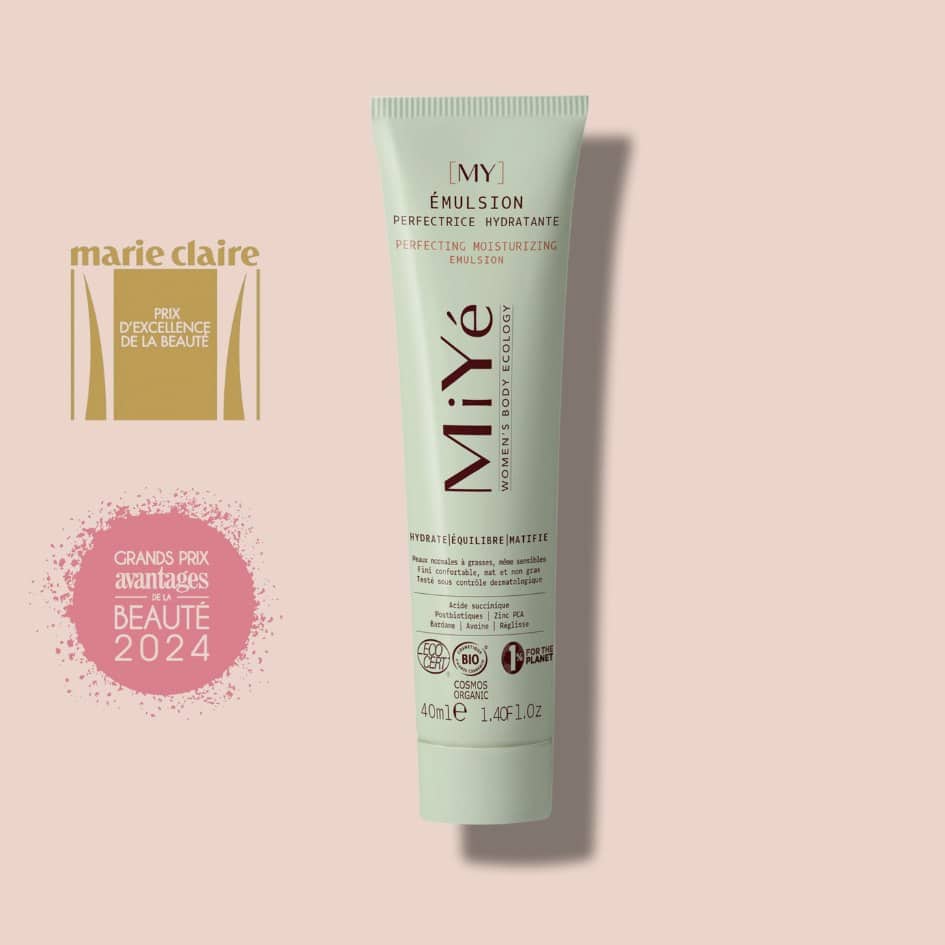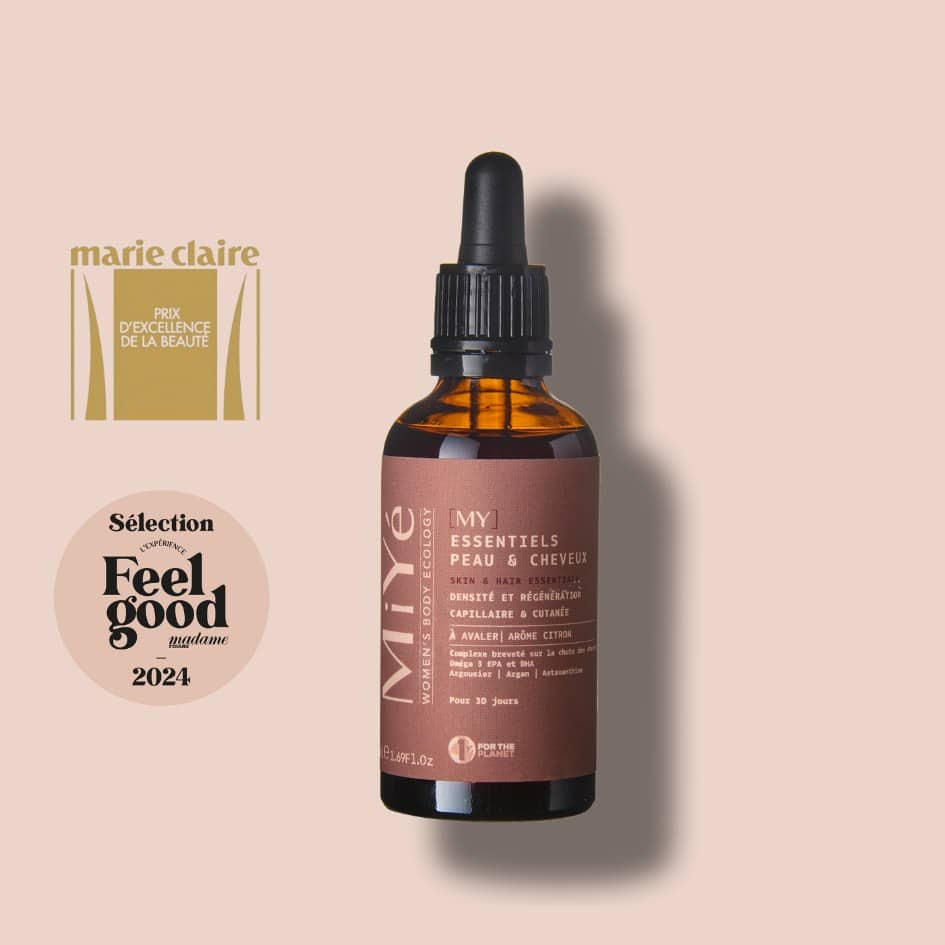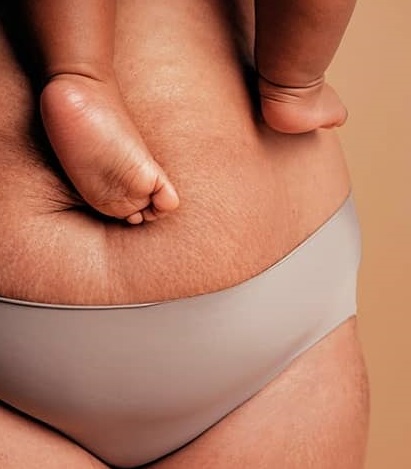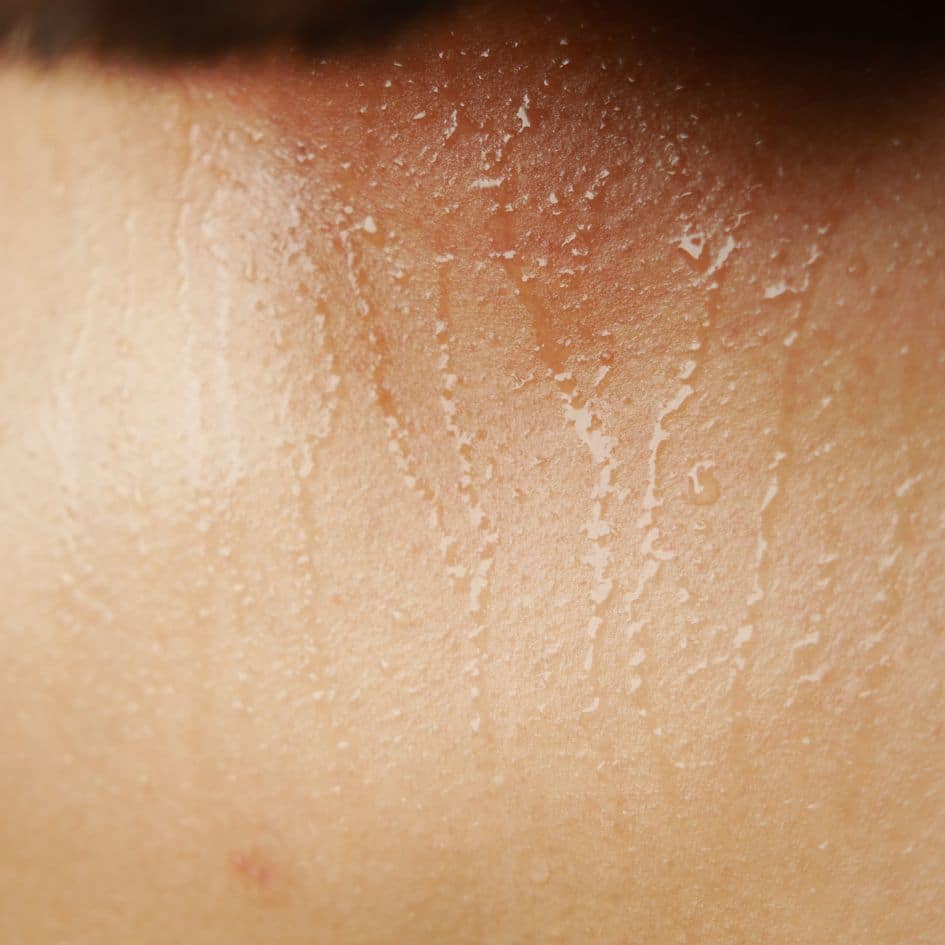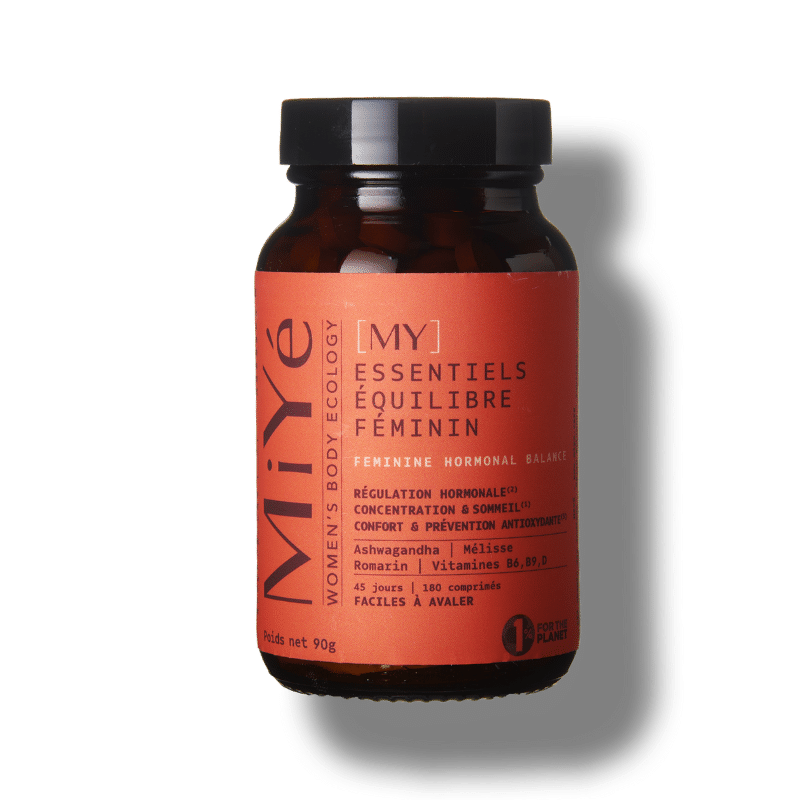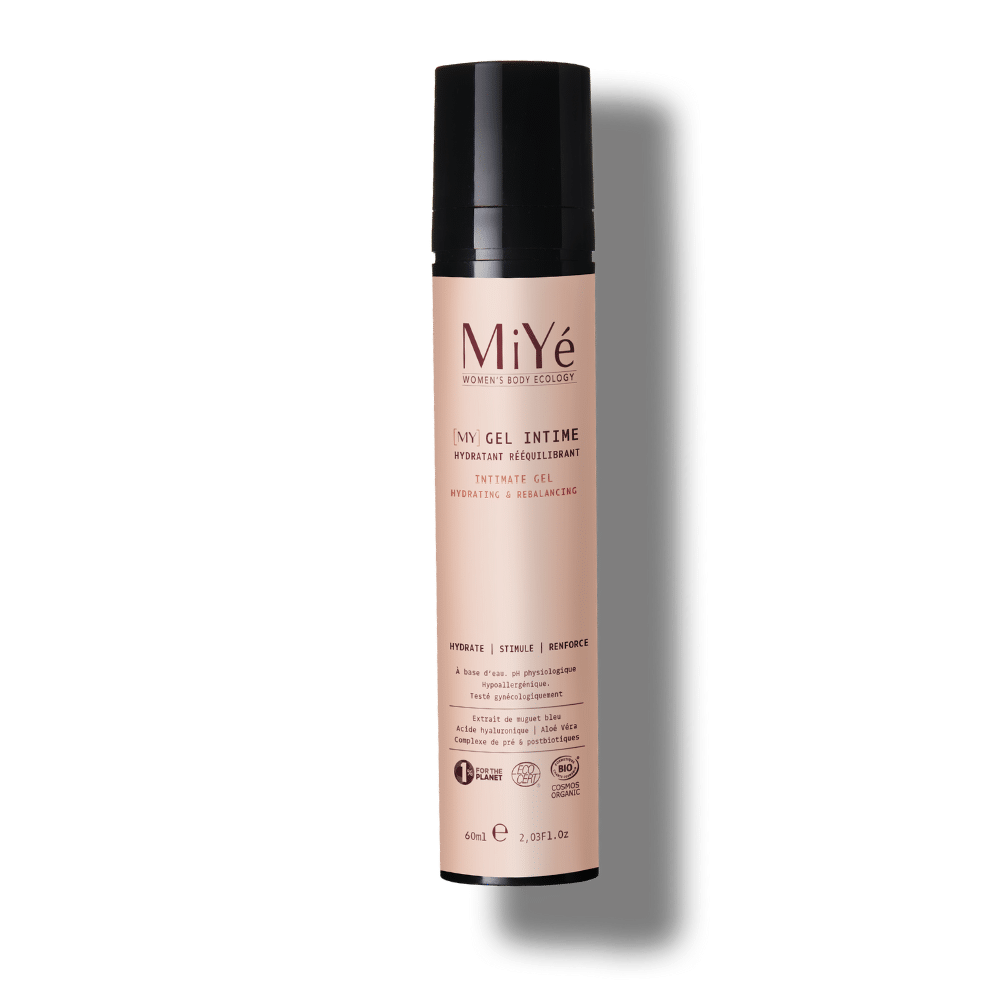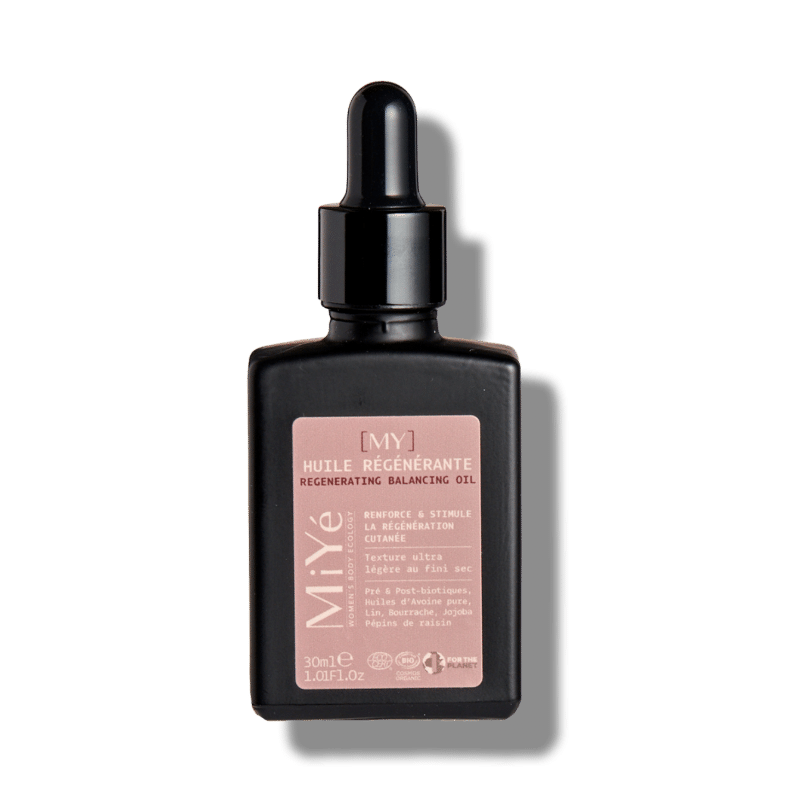
What are endocrine disruptors?
According to the American Society of Endocrinology, endocrine disruptors are natural or synthetic compounds which, through environmental exposure or inappropriate exposure during development, alter the hormonal system and homeostasis (= balance) that enable our bodies to communicate with and respond to their environment.
These substances, which may be present in pollutants, can affect the synthesis, transport, activation and degradation of hormones, thus contributing to various adverse effects on human and animal health.

We can be exposed to endocrine disruptors by several routes, including the digestive route (ingestion of contaminated food), the pulmonary route (inhalation of toxic substances) and the cutaneous route (absorption through the skin).
What are the different effects on our health?
Contrary to the belief that “the dose makes the poison”, endocrine disruptors can have harmful effects on our health, not according to their quantity, but according to the period of exposure. In other words, even low doses of endocrine disruptors can cause health problems when they are present during critical periods of development.
The absorption of a chemical into the body depends on a number of factors, such as its lipophilicity (affinity for fats), the surface area in contact with the body, blood flow in the area of exposure and the thickness of the tissues involved.
According to the Institut de Recherche du Bien-être, de la Médecine et du Sport Santé, the recommended standards for the percentage of body fat in the general population aged 20-29 are 12-15% (up to 20% according to the authors) for men and 22-25% (up to 30% according to the authors) for women. Most endocrine disruptors have a strong affinity for fatty tissue. Women are therefore more exposed to them.

How do endocrine disruptors work?
In addition, the differences in the sexual hormonal system between men and women also need to be taken into account. According to Robert Barouki, Director of Research at the French National Institute for Health and Medical Research (Inserm), most endocrine disruptors have the ability to mimic oestrogens and therefore bind to their receptors. As oestrogens play a key role in regulating the female hormonal system, exposure to substances that mimic these hormones can have harmful consequences for women’s health.
These endocrine disrupters can upset the natural hormonal balance, potentially increasing the risk of developing breast cancer, one of the most common cancers in women, or developing endometriosis, PCOS (polycystic ovarian syndrome) or early ovarian failure (around the age of 40). What’s more, exposure to endocrine disruptors during pregnancy can have consequences for the development of daughters in utero. Endocrine disruptors can interfere with the formation and normal functioning of the female reproductive organs, which can have a long-term impact on women’s health and fertility. In fact, they can have repercussions over several generations by affecting the germ line (the line responsible for the formation of gametes and genetic transmission from one generation to the next).
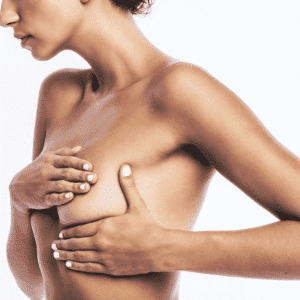
What’s more, many endocrine disruptors such as phthalates and parabens are present in our beauty routine. A study carried out on a small group of healthy women showed that stopping the use of cosmetics containing phthalates and parabens for 28 days led to changes in the expression of genes involved in the development of breast cancer. These results suggest that these endocrine disruptors could play a role in modulating susceptibility to breast cancer. Nevertheless, further research is needed to confirm these results and determine their real clinical implications.
The difference between men and women when it comes to pollutants and endocrine disruptors
In addition to biological differences, women also face socio-economic disparities that make them more vulnerable to endocrine disruptors. For example, women account for 70% of the working poor, which puts them at greater risk of poverty. People living in precarious conditions are more likely to be exposed to pollutants, particularly those present in food and air, because of less suitable housing conditions.
Finally, certain professions in which women predominate, such as cashiers, hairdressers and cleaners, are particularly exposed to these contaminants. According to the French National Institute for Statistics and Economic Studies (INSEE), 90% of cashiers are women, and seven out of ten cleaners are women. These jobs can involve frequent exposure to chemicals found in cleaning products, cosmetics or food products, increasing the risk of exposure to endocrine disruptors.
For example, the cashiers were handling tickets containing bisphenol A, which is considered a high-risk endocrine disruptor because it mimics the effects of oestrogen by binding to its receptors. Its use is now banned.
The notion that women are more affected by pollutants than men needs to be qualified, as Robert Barouki, head of the metabolic biochemistry department at Hôpital Necker-enfants malades and professor at Université Paris Cité, points out. The impact of pollutants can vary according to the type of pollutant and be different for men and women. For example, in sectors such as construction, where men are over-represented, they are exposed to chemicals such as asbestos.
In addition, a study carried out in the Occitanie region revealed that exposure to a mixture of pesticides has greater metabolic repercussions in men than in women, according to Hervé Guillou, Research Director at INRAE (Institut national de recherche pour l’agriculture, l’alimentation et l’environnement).
However, outside of work, women are actually more exposed to contaminants once they return home. By spending an average of 3 hours and 26 minutes a day on domestic tasks such as cleaning and shopping, they are more exposed to the harmful substances found in household products.
In conclusion, endocrine disruptors are a major concern for human health. Women are particularly vulnerable to these substances because of their affinity with fatty tissue and their specific hormonal system. Exposure to endocrine disruptors can lead to fertility disorders, diseases of the reproductive system and other health problems, with potential impacts spanning several generations. The socio-economic disparities faced by women increase their vulnerability to pollutants. In addition, endocrine disruptors in cosmetics, such as phthalates and parabens, can also have adverse health effects, notably by increasing susceptibility to breast cancer. It is therefore crucial to raise awareness, regulate and control the use of these substances in order to protect the health of women and the general public. Measures must be taken to reduce exposure to endocrine disruptors and promote safer alternatives in beauty products and the environment.
